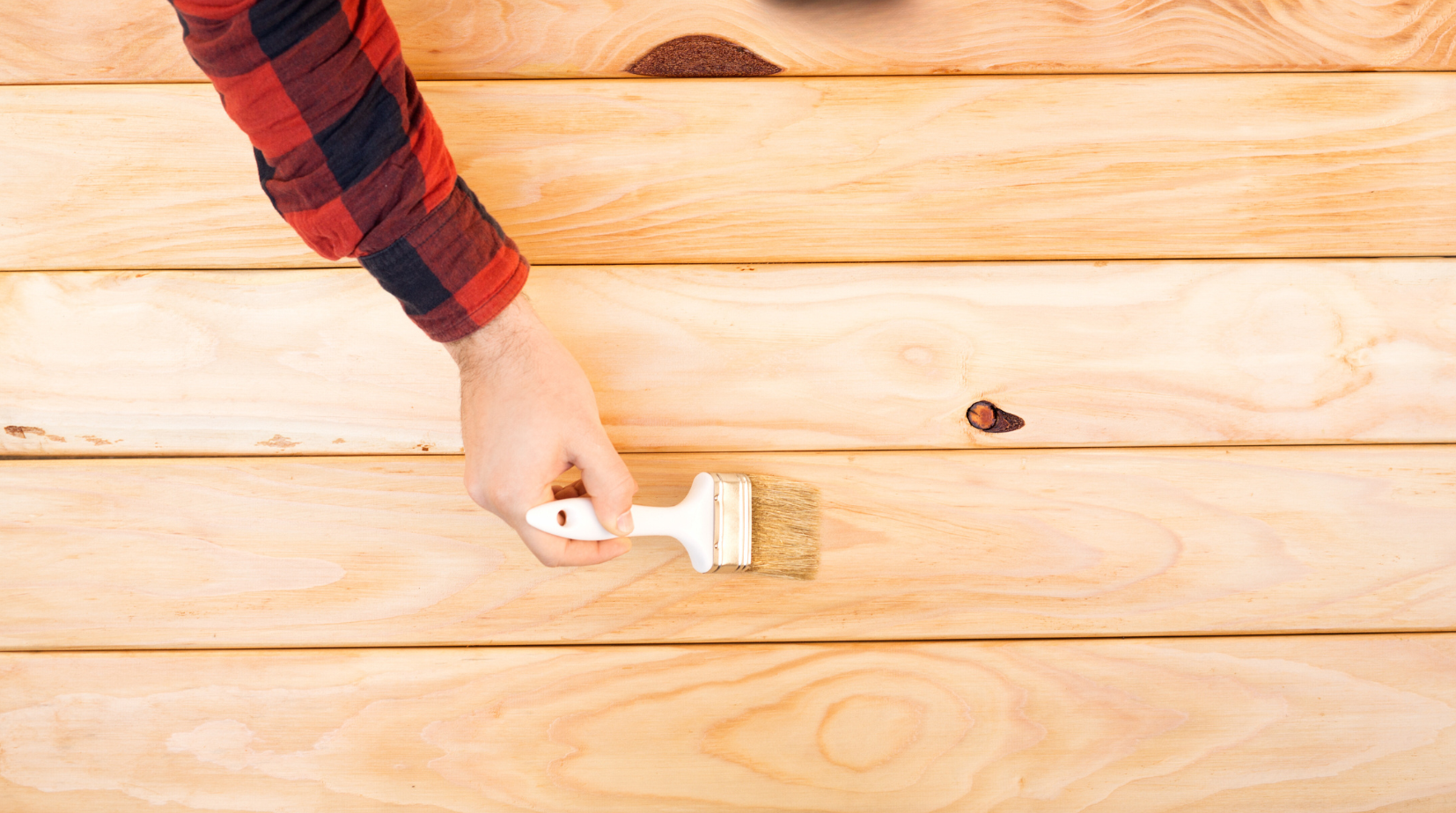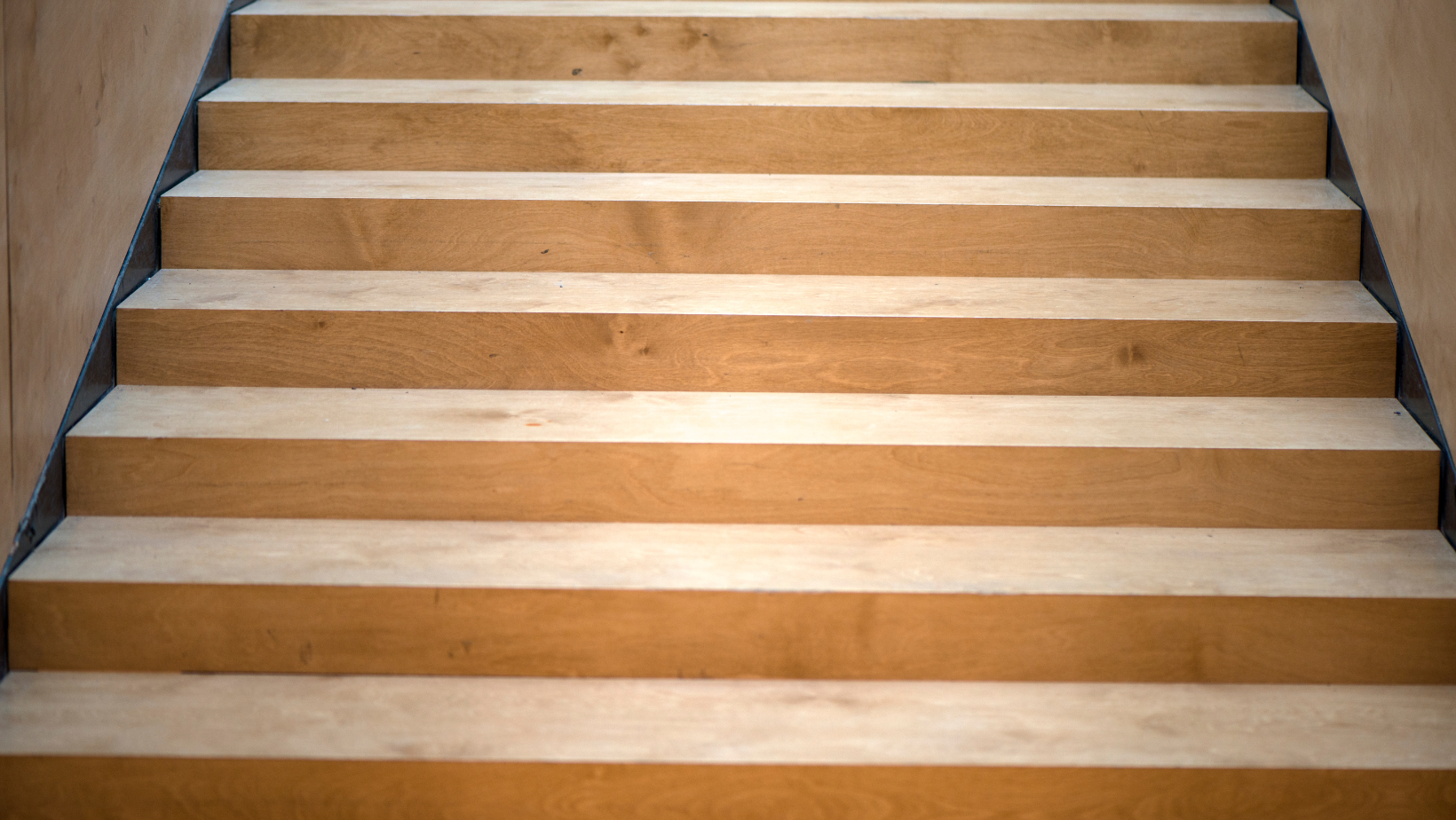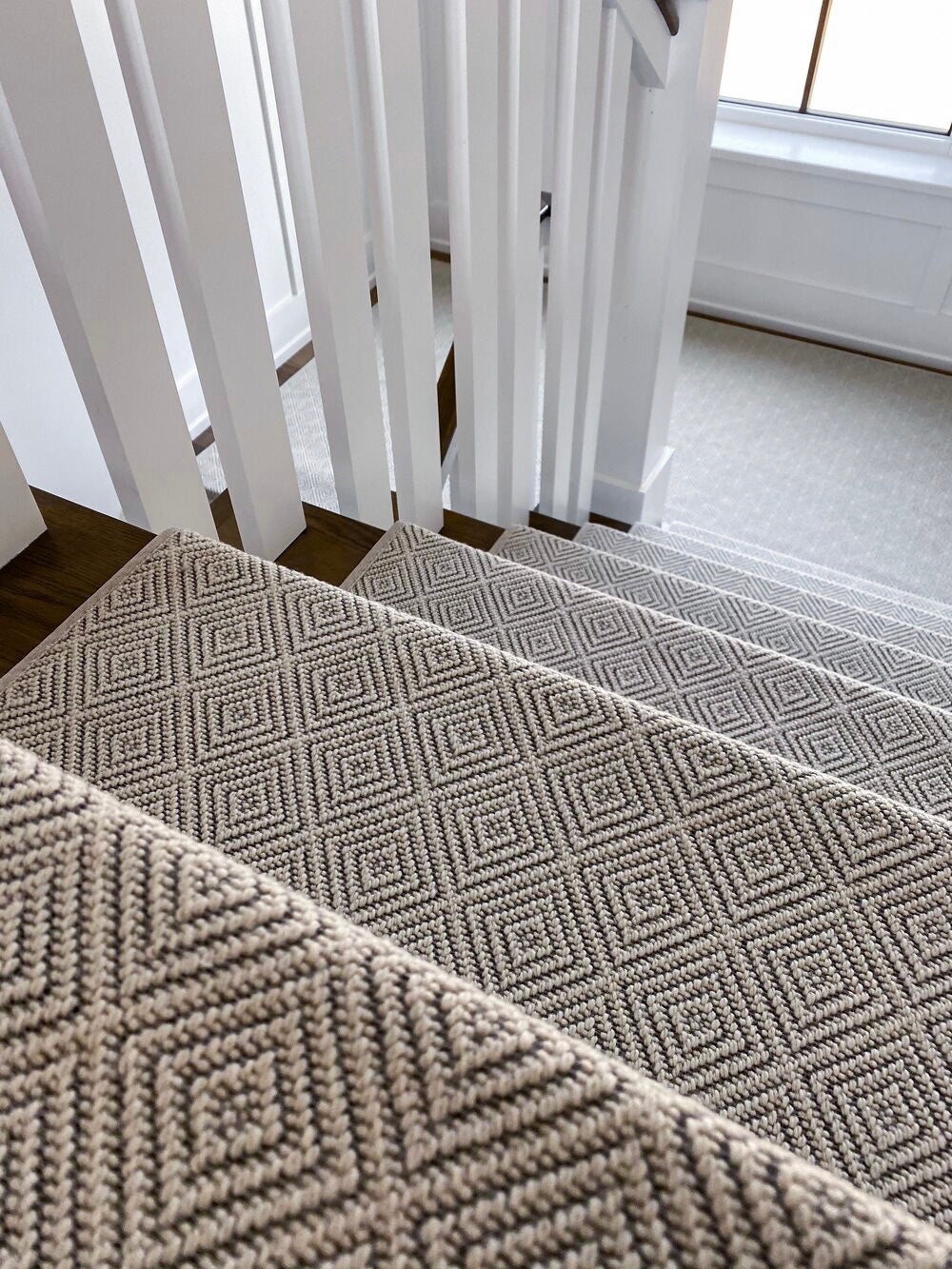If your stairs look worn out, learning how to replace old stair treads can help refresh your home.
Installing new stair treads improves safety, enhances durability, and adds style.
Whether you choose wood treads or carpet stair treads, updating your staircase can make a big difference.
Replacing stair treads is a simple home improvement project that boosts your home’s value.
Removing old treads and installing new ones requires careful measurement and proper installation.
To replace old stair treads, start by measuring and removing the existing treads carefully.
Choose durable materials like oak, cut the new treads to size, and secure them with wood glue and nails for a refreshed, stylish, and safer staircase.
Why Replace Old Stair Treads?
Before diving into the steps, it’s important to understand why replacing stair treads is beneficial.
-
Safety Enhancement – Worn-out treads can become slippery or unstable, increasing the risk of accidents.
-
Aesthetic Upgrade – New stair treads can modernize your staircase, adding elegance and style.
-
Increased Durability – Replacing old treads with high-quality materials like oak ensures longevity.
-
Better Home Value – Well-maintained stairs contribute to overall home value and appeal to potential buyers.
Whether you're replacing all the treads or just a few, the process can be tailored to your needs and budget.
Can I Replace Just the Stair Treads?
Yes, replacing just the stair treads is an effective way to upgrade your staircase without a full renovation.
If the stair stringers and risers are in good condition, replacing the treads alone will refresh your stairs while keeping costs low.
This is particularly useful if you want to switch from carpeted stairs to solid wood or install carpet stair treads over existing wooden stairs.
When replacing stair treads without changing the stringers or risers, it's essential to ensure a precise fit.
Proper measurement and installation will maintain the structural integrity of the stairs while achieving a seamless look.
How to Replace Wood Stair Treads
Replacing wood stair treads is a great way to give your staircase a refined and polished appearance.
This process requires careful planning and execution to achieve professional results.
Step 1: Measure and Remove Old Treads
Before removing the existing treads, measure them carefully to ensure your replacements fit properly.
Use a tape measure to record the width, depth, and thickness of each tread.
To remove old stair treads, use a pry bar to lift them gently.
If they are nailed down, remove the nails carefully to avoid damaging the stringers.
If screws were used, unscrew them before prying up the treads.
Step 2: Choose the Right Wood
Selecting the right wood is crucial for durability and aesthetic appeal.
Oak is a popular choice due to its strength and classic look, but other options include maple, hickory, and walnut.
Ensure the wood is pre-treated for indoor use, especially if your stairs receive heavy foot traffic.
Step 3: Cut the New Treads to Size
Using the measurements taken earlier, cut the new treads to fit your staircase.
If you are not comfortable cutting the wood yourself, many hardware stores offer wood-cutting services.
Make sure to sand the edges for a smooth finish.
Step 4: Install the New Treads
Apply wood glue to the underside of each new tread before positioning it on the staircase.
Once aligned, secure the tread using finishing nails or screws.
Be sure to check that each tread is level before moving to the next one.
How to Replace Stair Treads with Spindles
Replacing stair treads with spindles adds complexity to the process, as the treads must be carefully removed and replaced without damaging the attached spindles.
Step 1: Remove Old Treads Without Damaging Spindles
Since the spindles are attached to the treads, cutting the old treads into sections can make removal easier.
Use a saw to carefully cut through the old treads in manageable sections, then remove them piece by piece.
This prevents excessive force on the spindles and helps maintain their stability.
Step 2: Create a Template for Accurate Cuts
To ensure a precise fit, create a template by tracing an old tread onto cardboard.
This will help guide the cuts for the new treads, ensuring they fit around the spindles without leaving gaps.
Step 3: Cut the New Treads to Fit
Using the template, cut the new treads carefully, accounting for the spaces around the spindles.
Double-check the fit before securing them in place.
Step 4: Secure the Treads Without Damaging Spindles
Fit the new treads around the spindles by slightly lifting them if possible.
Secure each tread with wood glue and finishing nails.
If necessary, use a small chisel to fine-tune the fit before final installation.
Alternative: Carpet Stair Treads for a Quick Upgrade
If you want to refresh your staircase without replacing the wood treads entirely, carpet stair treads offer a stylish and practical alternative.
These treads provide added safety by reducing the risk of slipping and help protect the wood underneath from wear and tear.
Benefits of Carpet Stair Treads
-
Non-Slip Surface – Adds grip, reducing the risk of falls.
-
Comfort & Noise Reduction – Softens each step and minimizes footstep noise.
-
Easy Installation – Peel-and-stick options make installation simple.
-
Aesthetic Variety – Available in different colors and patterns to match your home’s style.
For homeowners who want to combine safety, comfort, and aesthetics, carpet stair treads are an excellent option.
Maintaining Your New Stair Treads
Once you have successfully installed new stair treads, maintaining them ensures long-term durability and beauty.
Regular Cleaning
-
Sweep or vacuum regularly to prevent dust buildup.
-
Use a damp cloth for wood treads to avoid excessive moisture damage.
-
For carpet stair treads, use a vacuum or carpet cleaner to keep them fresh.
Preventing Damage
-
Avoid wearing high heels or hard shoes that can scratch wood surfaces.
-
Place protective pads under furniture near the staircase.
-
Reapply a protective finish on wood treads every few years to maintain their luster.
Steps To Success
Replacing stair treads is a great way to update your home’s look while improving safety.
Whether you choose wood treads for a classic look or carpet stair treads for added comfort, both options enhance your staircase.
Understanding how to replace old stair treads helps you achieve a clean and polished result.
A well-maintained staircase adds beauty and value to your home.
Taking time to install high-quality stair treads ensures long-term durability.
With proper care, your new stair treads will stay in great condition for years to come.
Contact Us Today!
For premium stair tread solutions designed for durability and elegance, contact Oak Valley Designs:
-
Website: https://oakvalleydesigns.com/
-
Phone: 706.331.0315
-
Email: info@oakvalleydesigns.com
-
Address: 30 River Ct SW Bldg E Cartersville, Ga 30120
Would you like any refinements or additional SEO enhancements?




